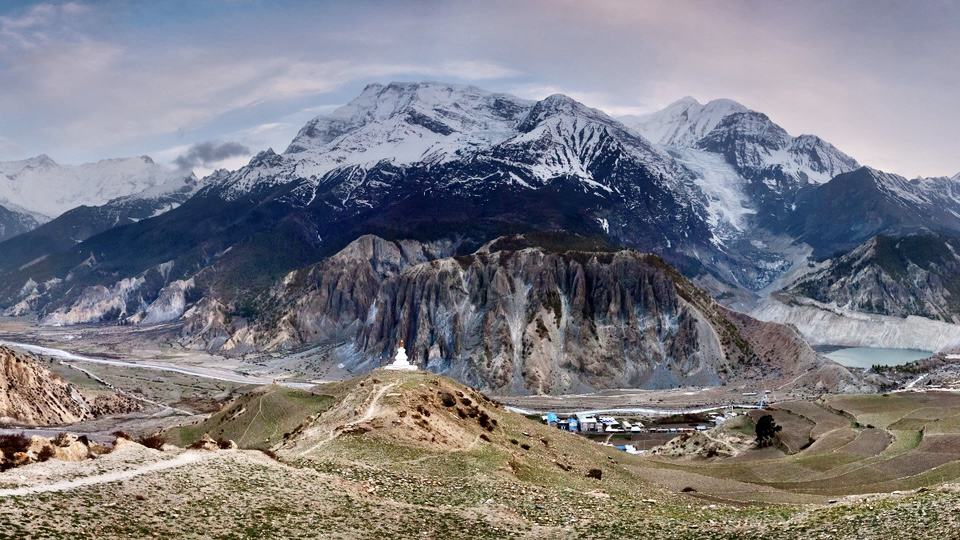“In the mountains, the right team is not a luxury; it’s a necessity.”
Gerlinde Kaltenbrunner, the second woman to have climbed the fourteen mountains that are more than 8,000m
Annapurna is the deadliest mountain with a fatality rate of 32%, far higher than Everest’s 14%.
I enjoy watching those Netflix shows about mountain conquests.
What caught my attention is that in each of those shows, people talk about why they picked their teammates.
They talk about their teammates’ skills, character, personality, bonding, and trust. They often say, “I decided to do it only because he or she was going to climb with me”.
These folks are obsessed with the teams.
Moving a drug beyond the Valley of Death (with more than 90% drug fatality rates) makes Annapurna seem easy to conquer.
This means you, as a biotech CEO/leader, have to be even more obsessed with having the right people on your team than those mountain climbers! Actually, obsessed isn’t the proper word; I’d better say neurotic…
My CEOs often struggle with letting someone go. They say to me, “Maybe I should give them another chance” when it’s clear to both of us that they’ve already let go of this person deep inside.
Giving people a second chance is a great thing but if you’ve already made up your mind, there is no benefit in doing the uncomfortable thing later.
And I say to them, “Forgive me. It’s easy for me to say let them go because it’s not me who’s going to do it.”
Sometimes it’s tricky. For example, the person has been there for a while or if you brought them on and it didn’t work out, or maybe the company’s vision has changed and this person’s expertise is no longer needed.
My CEOs can often get really angry against themselves when they realise that they brought in the wrong person only three months after they hire them. And what if that person is a senior executive? And what if you are a public company? And what if it’s not the first time that it didn’t work out? What do you say to the board? How do you write that press release? The solution can often be accepting that you have made the wrong choice and forgiving yourself for that.
Whatever the solution is, you have to protect the team, the vision, and that person at the end of the day.
Help this person find a new mountain and you go find the right person for your Annapurna.
It’s responsibility towards yourself, them, the company, and the patients.
And it’s not just about letting someone go; the focus should be on getting the right person in the first place.
Especially with senior leaders… Spend time with them, do the reference checks, do dinners…
And if the right person is on another expedition now, don’t give up; go after them!
Sujal Patel at Nautilus Biotechnologies said in an interview that he spent a year recruiting his Chief Business Officer, “I turned my search off because after I met Nick who wouldn’t interview with us I was like… that’s the guy! It took me one year to get him to join us.”
Good luck to all of you guys who are climbing Annapurnas.
ps: This post was inspired by my recent conversation with John Maraganore. What’s fascinating to me is that John mentioned the word journey a couple of times when talking about “having the right people with you” and he then said, “One person cannot do it alone. Leaders need someone else to help them close the door they opened, complete the sentence or see around the corner. For me at Alnylam it was Barry Greene and Akshay Vaishnaw who made all the difference.”
